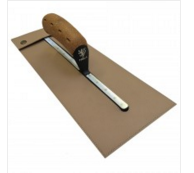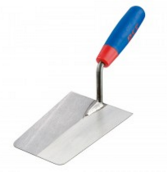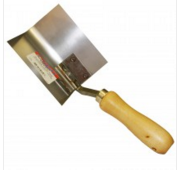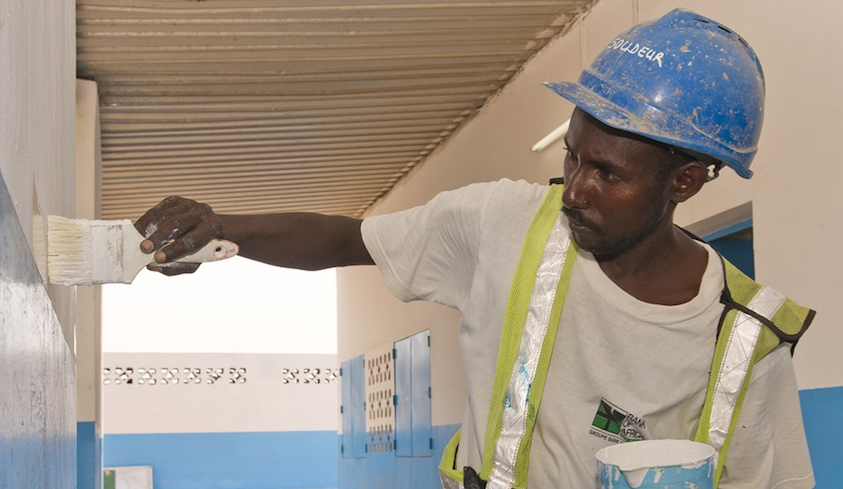If you’re just starting out in plastering, whether it’s at the beginning of your career or you’re planning some DIY, you might be wondering what bits of kit you’ll need to get going with.
It can be quite easy to get confused by what you do and don’t need, because there are so many tools out there to choose from, so, to start with, it’s a good idea to begin with the basics and build your kit up as you go.
To help you out a little, we have put together the definitive plastering equipment list which should give you some idea of the things you’ll need before you start.
Plastering trowel – The major piece of kit for applying your plaster, they are more useful if they have been worn in first before you begin. A brand that’s praised a lot in the plastering industry is Marshalltown, because of the long lasting endurance of the trowels, which come with a high grade hardened and tempered stainless steel blade.

Bucket trowel – a wide-bladed stainless steel tool which can be used for scooping compound from a bucket, causing minimum wear and tear.
Corner trowels – useful for plastering flawless corners, the handle is in the middle of the 90 degree angle of the blade to allow you to apply plaster to both sides of the corner. Useful for smoothing corners once plastered (The above in red isn’t correct)
Gauging trowel – a round-nosed trowel used for mixing plaster and applying small amounts in confined areas.
Plastering float – a lightweight version of the trowel which is used to ensure surfaces are flat and create a marvellous finish at the end.
Hawk – the hand held flat surface which holds your plaster as you scoop it onto the trowel. Many of the good ones come with a soft grip handle to protect from callouses. Ensure that the scored blade is made from a strong and durable material such as aluminium or magnesium.
Buckets – for mixing your plaster or to hold clean water to dip your paintbrush in or clean your trowel.

Paintbrush – for flicking clean water at any walls that have become too dry.
Snips – for cutting pieces of metal. Used for cutting beading.
Stanley Knife – to cut your plasterboard.
Scratching tool/ scarifier – for scratching the first coat of plaster to ensure optimum adhesion of the second coat.

Pad Saw – for cutting holes in your plasterboard.
Spirit Level – to check that the finished surface is level.
Hammer –for when you’re prepping the wall before applying the plaster, this should help you remove any lumps.
Feather Edge – for levelling and ruling off any plaster.
Dust Sheets – to protect any floors and furniture from plaster spills.
Don’t be confused by all the different pieces of kit you need if you’re getting into plastering for the first time. If you have a plastering equipment question contact us, because, with over 50 years industry experience, we are proud to say we know our stuff. Give us a call today and a member of our team will be happy and willing to talk it through with you.


5 Replies to “The definitive plastering equipment list”